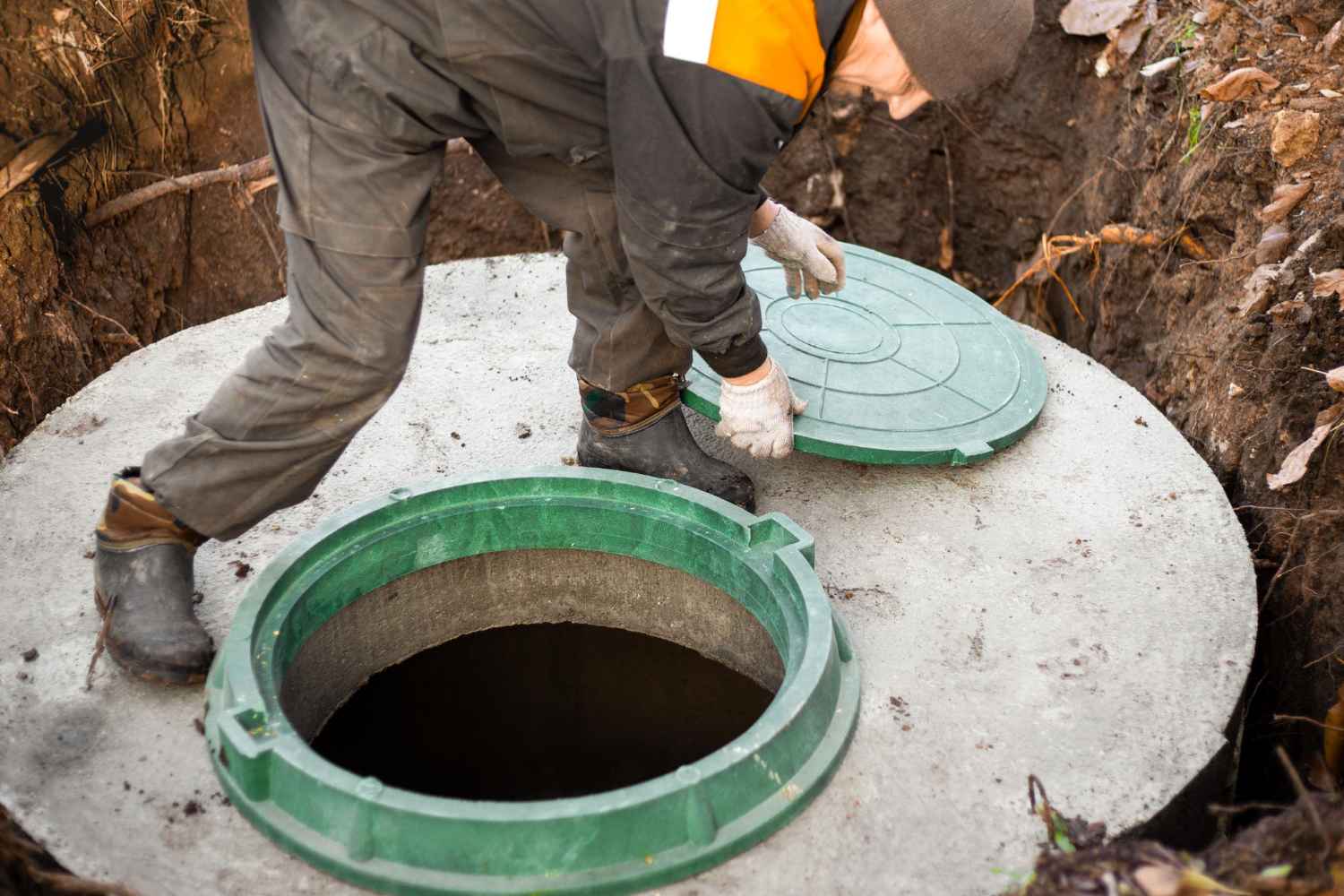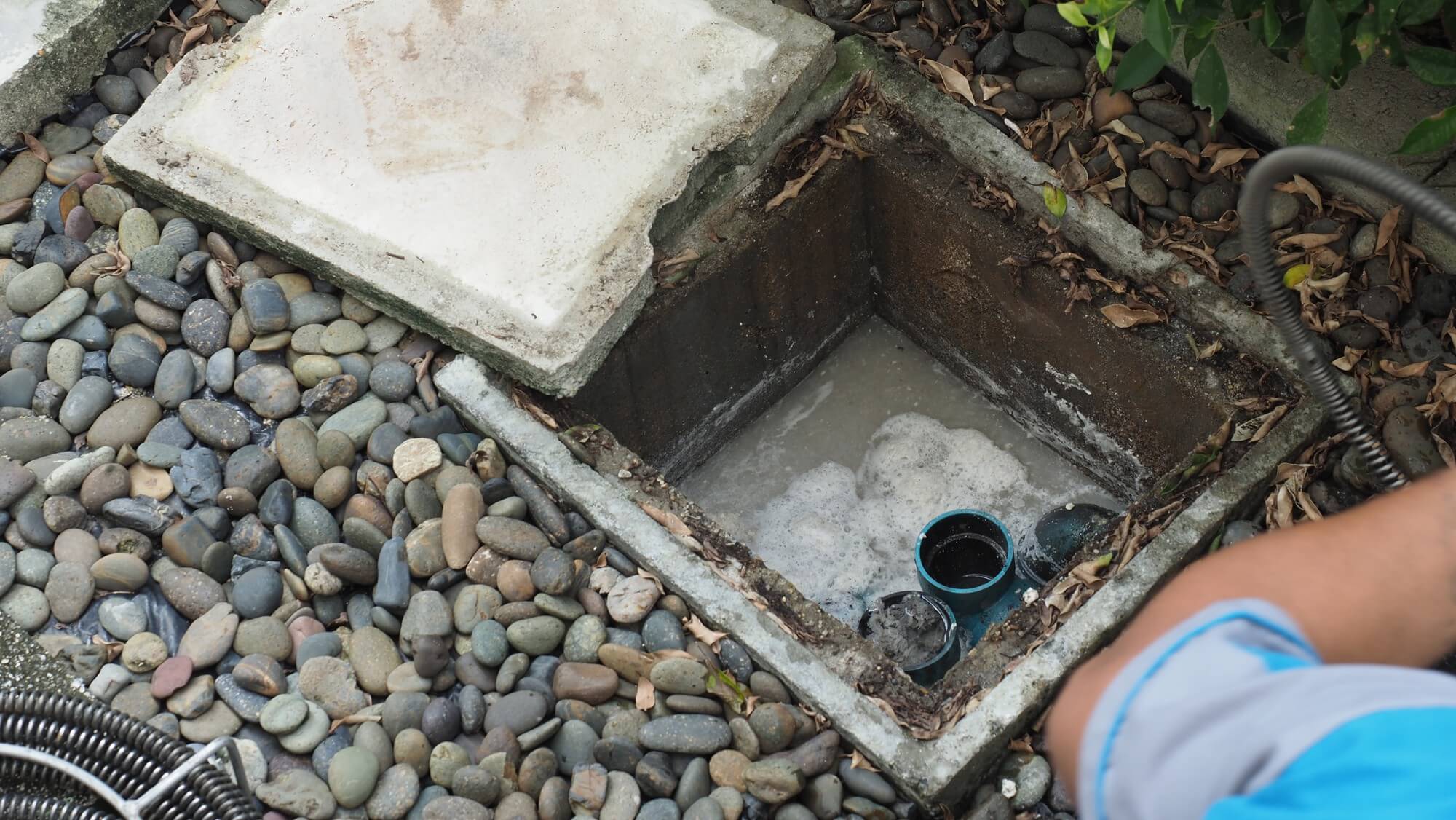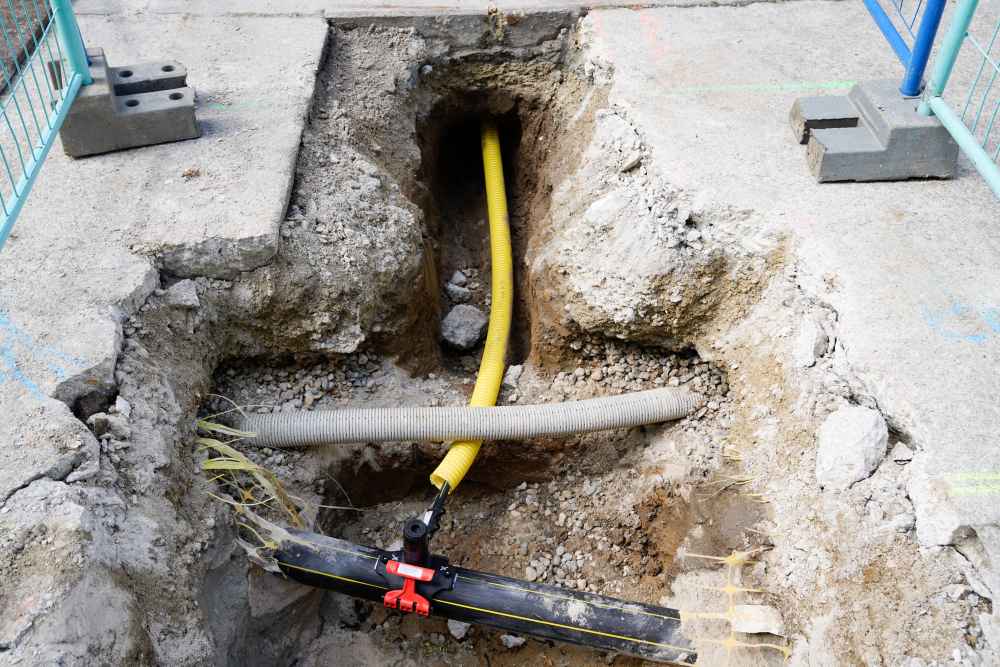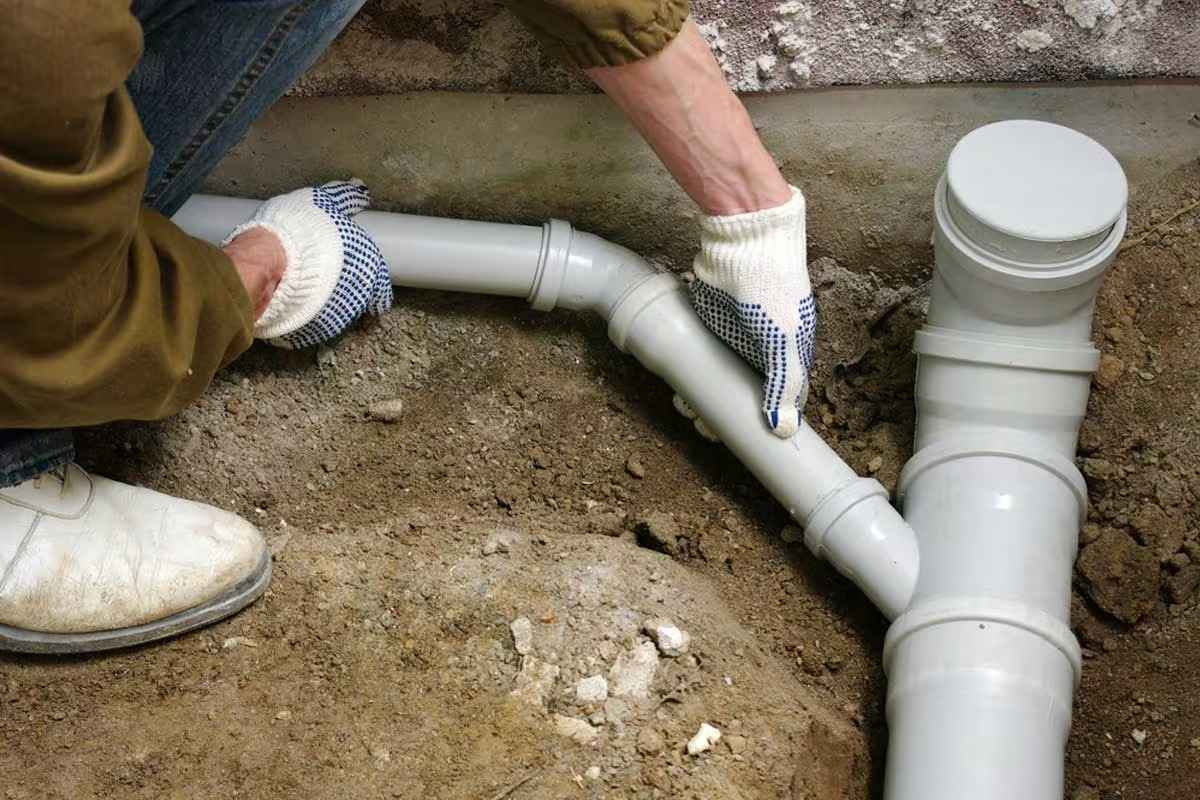Category
Blog
Date
April 29, 2025
Author
Marco


Maintaining a septic tank is a crucial responsibility for homeowners who rely on this system for waste disposal and wastewater treatment. However, understanding the associated expenses for replacing, pumping or emptying your septic tank can often be confusing. This article aims to break down these costs, provide insights into the factors that influence pricing, and offer guidance on making informed decisions regarding septic tank maintenance. Whether you’re a new homeowner or have been managing a septic system for years, knowing when and how much to invest in your tank can save you money and prevent potential issues down the line.
Before discussing the costs of emptying, replacing, or pumping a septic tank, it’s vital to understand what a septic tank is. A septic tank is a buried system that treats wastewater from homes, primarily from bathrooms, kitchens, and laundry rooms, using natural methods. It is a sealed underground container, usually made of fibreglass, plastic, or concrete, and is typically rectangular or round in shape. These systems are crucial for safely disposing of wastewater in homes that are without proper drainage or those not connected to the central sewer system, like in rural areas. To avoid issues such as sewage leaks and clogged toilets or sinks, it’s essential to empty and maintain the tank regularly.
The cost to empty a septic tank in the UK generally falls between £150 and £300. The exact amount depends on several factors:
Many homeowners in the UK use septic tanks for wastewater treatment. These underground systems work quietly but sometimes require maintenance, especially emptying. A common question from homeowners is, “How much does it cost to have a septic tank emptied or pumped out?” The cost varies based on different factors. Understanding these can help you budget for this maintenance expense:
Larger septic tanks can hold significantly more waste, which means they will require larger trucks to perform the emptying process. This not only takes more time but also leads to increased operational costs. For property owners, investing in larger tanks can result in higher upfront costs due to the equipment required for maintenance and the necessary increased frequency of emptying.
The placement of the septic tank near the property’s access road is crucial. When tanks are located closer to the access points, the costs associated with servicing them decrease. Obstacles such as tight spaces or steep inclines can complicate access for septic trucks, potentially leading to additional charges due to increased labour and time required to navigate such challenges.
Travel distance plays a significant role in the overall service costs. The farther a septic truck must travel from its operational base to reach your property, the more you’ll likely pay. This is due to factors such as fuel costs, labour time, and potential wear and tear on the truck. Properties located in remote areas may incur significantly higher costs compared to those in more accessible locations.
In addition to standard emptying, the need for inspections, repairs, or other specialised services, such as pump repairs, can contribute to the costs involved in septic tank servicing. These services require skilled technicians and additional equipment, further adding to the overall expenditure. It’s essential to factor in these potential costs when budgeting for septic tank maintenance.
Regularly emptying the septic tank, ideally every 3 to 5 years, is crucial for maintaining its effectiveness. Following this schedule can help prevent more serious issues, such as backups or leaks, which can be costly to rectify. By adhering to this recommended frequency, you can save money in the long run, as it minimises the risk of extensive repairs and ensures the system operates efficiently.
Overall, understanding these factors can help homeowners effectively manage their septic tank costs and maintenance schedules.
Cost estimates for budgeting may vary, but here are some guidelines:
Small Tanks (up to 2,700 litres): £150 to £300
Medium Tanks (2,700 to 4,000 litres): £200 to £400
Large Tanks (4,000 to 9,000 litres): £300 to £600
Maintaining a healthy septic tank system is essential for cost savings and environmental preservation. By following these practical tips and strategies, homeowners can extend the time between septic tank emptying sessions and reduce overall maintenance costs:
Be aware of your water usage to avoid overwhelming your septic system. Saving water reduces the amount that goes into the tank, which means less need to pump it out. Here are some water-saving tips:
Using less water helps your septic system, protects the environment, and lowers your utility bills.
Regularly inspect your septic system to identify minor issues before they escalate into major problems. Catching issues early can help you avoid costly repairs and extend the life of your system. By addressing minor problems promptly, you can prevent serious breakdowns, prolong the life of your septic system, save money in the long run, and ensure proper wastewater treatment.
Avoid flushing non-biodegradable items, chemicals, grease, or large amounts of food waste down the drains. This helps avoid blockages and decreases how often the tank requires emptying for proper maintenance.
By using proper waste disposal practices, you make it easier on your septic tank, lowering the risk of blockages and backups. This leads to better wastewater treatment and increases the time between emptying.
Regular maintenance of your septic system is essential for saving money and extending its life. Homeowners can avoid high costs associated with emergency repairs and premature replacements by monitoring usage, disposing of waste properly, and scheduling regular preventive maintenance.
Installing a new septic system is a big investment that needs careful planning and professional help. It’s not something you can do yourself; it requires complex procedures and must follow local laws. Several factors can affect the cost of installing a septic system. The two main factors are the tank size and whether it will be above or below ground.
Larger tanks usually take more time to install. Replacing a small tank costs about £1,500, while a big one can cost as much as £3,000.
However, above-ground installations can be cheaper. Additionally, if you’re replacing an old septic tank or installing one where a tank previously existed, your costs will be lower. Replacing a tank is typically easier than a first-time installation because it doesn’t require as much digging and foundation work.
Generally, larger tanks have higher costs due to the need for more materials and labour for installation. The tank’s material type (concrete, plastic, etc.) also influences the price. However, higher-quality materials might require a larger initial investment, but they often provide increased durability and lower maintenance in the long run. Installation Complexity Elements, such as the depth required for tank installation and the distance from the house to the drain field, can elevate both the complexity and cost of installation. Installations that encounter difficult soil conditions or sloped ground typically incur higher expenses.
Site Conditions, including the type of soil and its percolation rate, are crucial in determining the size and design of the drainage field, which can significantly impact the total installation cost. Additionally, the property’s slope, accessibility, and closeness to the house also impact the costs associated with digging and installation.
Local regulations and permit requirements can significantly increase the overall costs of a septic tank replacement, especially if site evaluations, inspections, or specific approvals are necessary for the project.
Labour costs, which encompass installation, excavation, and site preparation, can vary significantly depending on the contractor’s experience and the project’s complexity.
Additional charges may apply for services such as site assessment, material handling, or any unexpected issues that arise during the installation process.
To minimise the cost of septic tank replacement, prioritise preventative maintenance, such as regular inspections and proper waste disposal. Consider using water-efficient fixtures and balancing water usage to avoid overloading the system, which can lead to costly repairs or replacements. Finally, ensure your septic tank is appropriately sized to handle your household’s needs. Consider the location of the tank for installation costs, as urban areas and rural areas with rugged terrain may incur higher expenses.
Schedule professional inspections annually to identify potential issues early on, ensuring the longevity of your septic system. Regularly pump out your septic tank, especially if you have a large family or a high water usage, to prevent blockages. Additionally, inspect the drainfield for any signs of damage or issues, as this will help maintain its functionality and efficiency.
To ensure proper waste management and protect the plumbing systems, it’s crucial to avoid flushing non-biodegradable items, chemicals, grease, and excess food waste down drains. Instead, please throw away wipes, paper towels, and feminine hygiene products in the designated bin rather than flushing them in the toilet.
Incorporate water-saving fixtures and promptly repair leaks to enhance efficiency. Being attentive to how much water you use is crucial. Additionally, consider installing low-flow toilets and showerheads to promote water conservation.
When installing a septic tank, it’s crucial to ensure that it’s appropriately sized to meet the specific needs of your household and its water usage. Additionally, the location of your septic tank can significantly impact installation costs; urban areas may present different challenges compared to rural areas with rugged terrain, often leading to higher costs in these locations. Understanding these factors helps in making informed decisions regarding septic tank installation.
Make sure to use cleaning products and detergents that are safe for septic system’s tank. It’s important to avoid using harsh chemicals that can disrupt or eliminate the beneficial bacteria essential for the proper functioning of your septic system.
Explore local government grants or rebates for septic tank replacements or upgrades.
Hire a professional septic tank specialist to avoid costly DIY mistakes and ensure proper installation.
Addressing minor issues promptly can prevent them from escalating into major problems and costly repairs or replacements.
Understanding the expenses associated with emptying and replacing your septic tank is essential for homeowners. By being informed about the costs involved, including regular maintenance and potential replacement, you can ensure that your septic system operates efficiently and effectively. Taking proactive measures not only extends the life of your septic tank but also protects your property from potential problems and costly repairs in the long run. Therefore, it’s crucial to budget for these expenses and consult with professionals like Fast Drains to maintain a healthy septic system.







Areas we cover
Basingstoke | Southampton | Guildford | Bournemouth | Poole | Portsmouth | Crawley | Dorchester | Peterborough | Newbury | Christchurch | Gillingham | Swindon | Winchester | Reading | Oxford | Slough | Abbotswood | Sterte | Ascot | Stoughton | Broadstone.